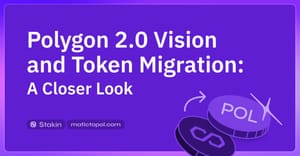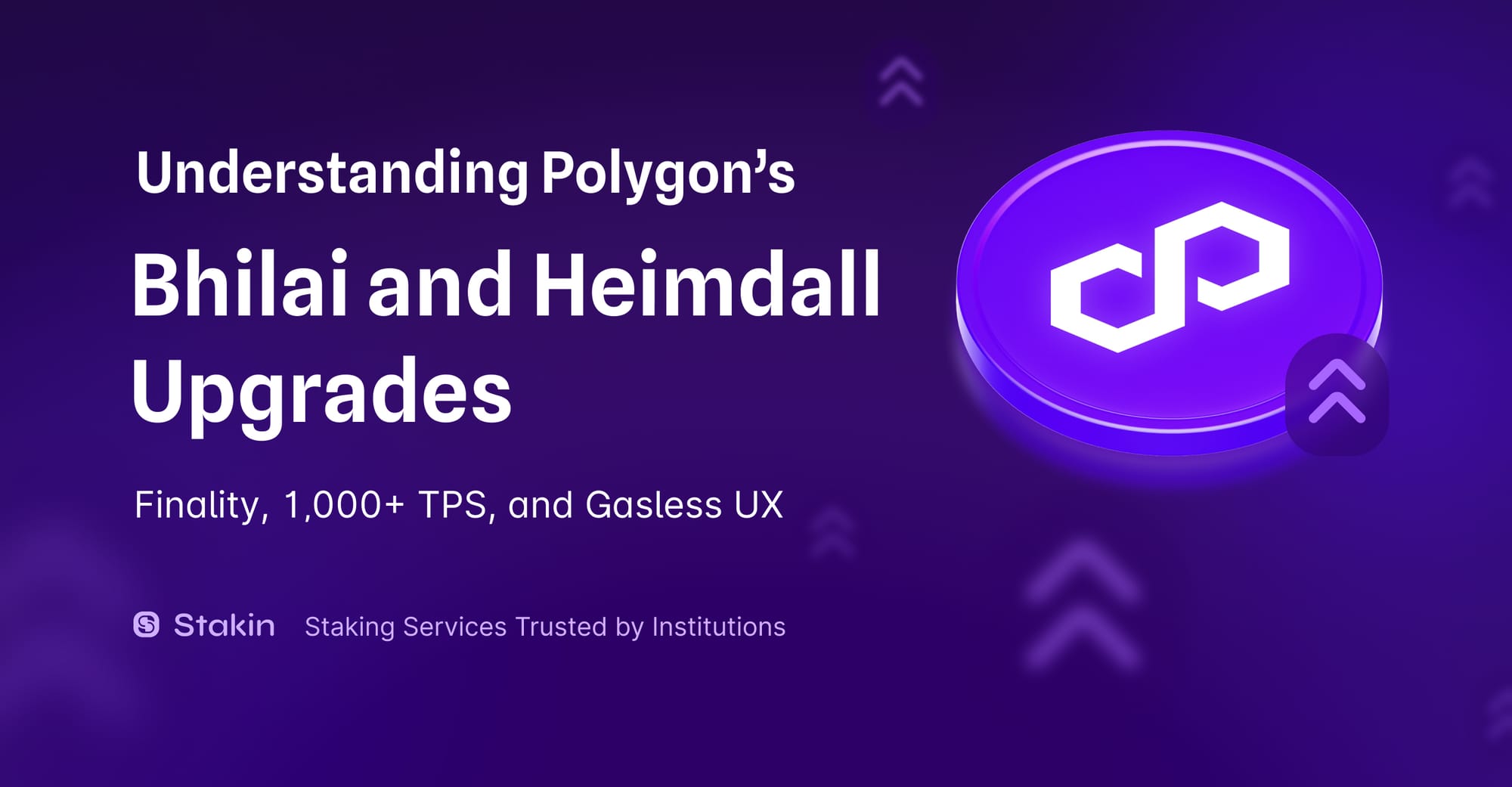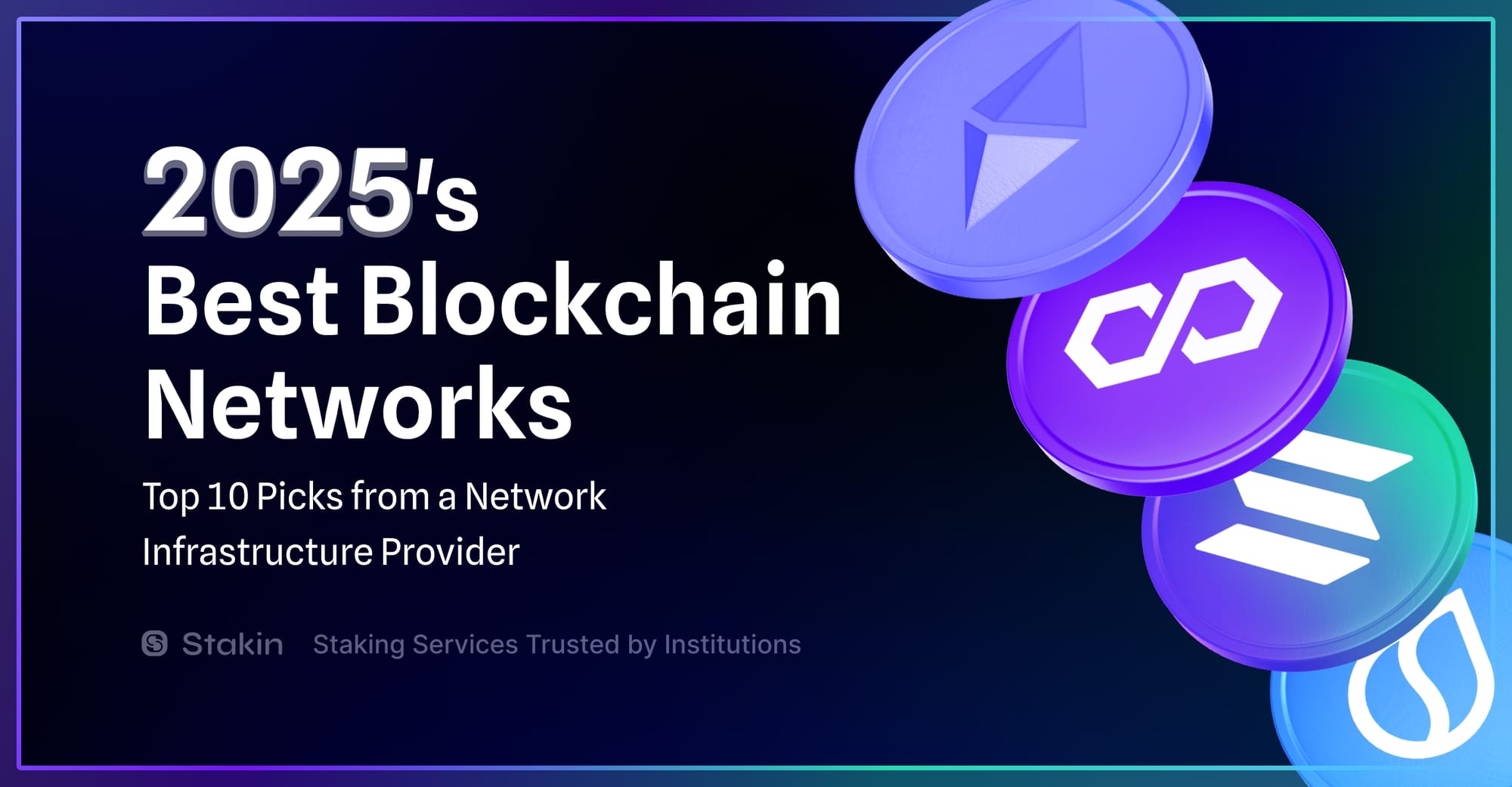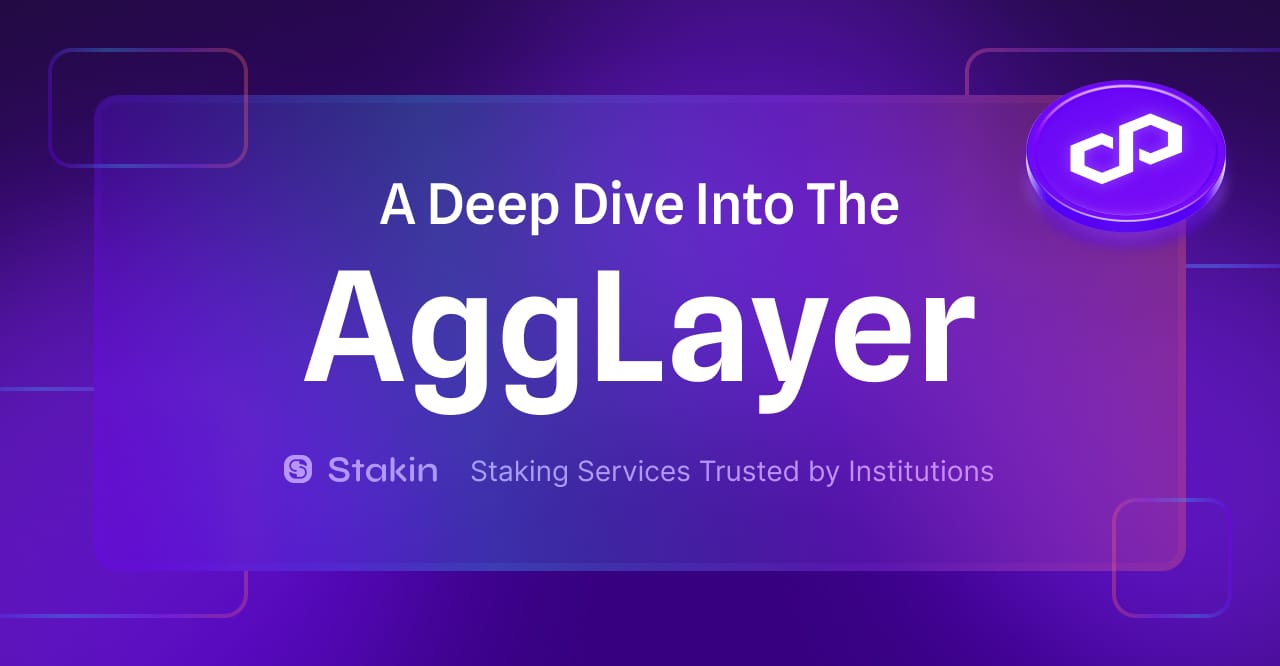Decoding the MATIC to POL Token Migration: Its Significance and Alignment with Polygon 2.0's Strategic Plan
Polygon is continuously innovating in the zero-knowledge space, particularly focusing on zero-knowledge proofs. Early 2023 saw the launch of their zkEVM (zero-knowledge Ethereum Virtual Machine) rollup, and in June 2023, they proposed an upgrade of their PoS layer to zkEVM validium. These steps are part of Polygon's broader goal to enhance blockchain utility and accessibility.
This effort is also a part of what's been referred to as “Polygon 2.0”. It's an initiative that brings together several technological advancements under the Polygon banner. This includes the Polygon Chain Development Kit (CDK), a restructured governance system based on three main pillars, and the transition to a new token, POL.
One of the key developments in Polygon 2.0 is the transition from MATIC to POL. This isn't just a simple token swap; it's a strategic move towards creating a more integrated and versatile blockchain ecosystem. In this article, we're going to look closely at what the MATIC to POL transition involves, what Polygon 2.0 aims to achieve, and how these changes will impact the broader ecosystem and network.
Join us as we break down what this means for Polygon and its users, and what we can expect from this evolving blockchain upgrade.
Exploring the Rationale Behind Polygon's Token Transition
As we’ve continued to witness the Polygon ecosystem expand and introduce new chains, there’s been a need to bring a single token to all these new chains within the Polygon network. Part of the vision of the Polygon 2.0 roadmap is focused on aligning towards a multi-chain ecosystem, that is, having a singular token to be able to power all Polygon chains.
In September 2023, PIP-18 (Polygon Improvement Proposal) was introduced highlighting the vision for a series of separate upgrades around the upgrade of MATIC with a new token, POL.
The changes mentioned were the following:
- The initiation of the POL upgrade.
- The upgrade from MATIC to POL as the native (gas) token for PoS.
- The adoption of POL as the staking token for Polygon PoS.
- The launch of the Staking Layer and migration of Polygon public chains to consequently leverage it.

The upgrade of the MATIC token with the new POL token highlights a few changes:
The first and most prominent is the growing utility of the POL token and its transformation from a mere productive asset to a hyperproductive asset. From a technical standpoint, a PoS token exists to align incentives between those contributing to the security of the network in the form of validation and staking. In doing so, network participants are rewarded with tokens for their contribution.
Where the POL token takes a turn here is not only does it fulfill this base need of a productive asset, but validators now have access to validate on as many chains as they want within the Polygon ecosystem. They can even receive multiple roles which can lead to additional rewards as well. This will create a chain reaction of validators securing as many chains as possible to earn rewards, thereby enhancing the ecosystem's security.
Beyond merely having the ability to claim extra rewards from the protocol and additional chains, validators play an important role in the Polygon ecosystem. In the standard sense of validation, validators produce and verify blocks on Polygon. But, they also perform zero-knowledge proof generation and participate in many other roles like a participant in the DACs (Data Availability Committee).
Adjusting these incentives with the new POL token can help scale the validator pool to support thousands of new chains and consequently, support the exponential growth of the Polygon ecosystem.
Which, when we consider the whole vision behind Polygon 2.0, that is what is being constructed here. Polygon is aiming to create an infinitely scalable ecosystem and value layer of the internet. At the core of the ecosystem, the new POL token will be the fuel for all its chains and applications.

Inside Polygon 2.0's Strategic Roadmap
The Polygon 2.0 vision is ambitious and stems from the need to bring web3 to scale. Within the internet, there exists the ability for an infinite number of websites and applications. For example, if you want to know how to cook Gordon Ramsay’s signature beef wellington, you can find the information immediately through an article, or a video, all that information is gathered seamlessly.
Polygon is aiming to bring this same level of scale and unified liquidity from the web2 internet to web3. Since information and data comprise the cornerstone of the internet, Polygon is creating a value layer of the internet with its ecosystem that can scale an infinite number of chains and is secured by ZK technology.
ZK technology in the context of blockchain offers some significant advantages.
- Privacy and Security: ZK proofs allow users to validate transactions without revealing sensitive information. For example, a user can prove they have enough POL for a transaction without disclosing their full token balance. Furthermore, this also enhances security as transactions can be verified without exposing critical data that could be exploited by bad actors.
- Scaling: By allowing for transactions to be validated without needing to share all transaction details, the amount of data that needs to be stored and verified on the blockchain is greatly reduced.
- Interoperability: Information can be verified across different blockchains without sharing the actual data, enabling other chains to interact more seamlessly.
The 2.0 vision seeks to unify all Polygon protocols with ZK technology in an infinitely scalable environment through a series of proposals. Currently, the Polygon 2.0 roadmap highlights the following changes to the Polygon ecosystem:
- Upgrading Polygon PoS chain to zkEVM Validium.
- New zk-based protocol architecture.
- Upgrading the MATIC token to POL.
- A new proposed governance framework.
- Ability to launch zk L2s on-demand with its new development kit.
While we’ve already discussed the MATIC token upgrade to POL, it’s now worth highlighting an important part of this roadmap i.e. upgrading the base Polygon PoS chain to zkEVM validium.
For those who may be unfamiliar, Polygon zkEVM is an L2 scaling solution that leverages zk proofs while maintaining EVM equivalence. This means the vast majority of existing smart contracts, wallets, and tools all work with Polygon zkEVM seamlessly.
In its current state, Polygon is a side chain for Ethereum. As a sidechain, state changes or transaction data is not posted back to Ethereum, thus some levels of security are traded off for having more scalability than Ethereum as Polygon does not inherit Ethereum’s security properties.

In this upgrade, Polygon is aiming to use ZK proofs to power all of their scaling solutions on Ethereum and no longer be a sidechain by becoming a validium. Validiums differ from rollups and sidechains, as they only post the validity proof back to Ethereum, not the actual transaction data of executed transactions.
This approach does come with its own set of tradeoffs, such as using an off-chain data availability model. This leaves validators in the network to attest to the availability of that data, creating some security risks. However, as a whole, they extend throughput on Ethereum and give greater security benefits than sidechains.
Looking forward
The MATIC to POL token migration in Polygon 2.0 marks a significant development in the network, aiming to unify all of Polygon’s ecosystem of L2 chains and applications. This shift, a key component of Polygon's vision, enhances the POL token's utility, incentivizing validators, and thus enhancing network security and scalability through advanced ZK technology.
We're excited to let you know that we have just launched a one-stop information hub for Polygon 2.0 upgrade, matictopol.com, officially up and running. We’ve put together this website as a clear and easy-to-use place where you can find all the latest information on Polygon’s move to version 2.0. Don’t forget to subscribe to our newsletter and follow us on twitter as we bring you the latest updates on this transition.



